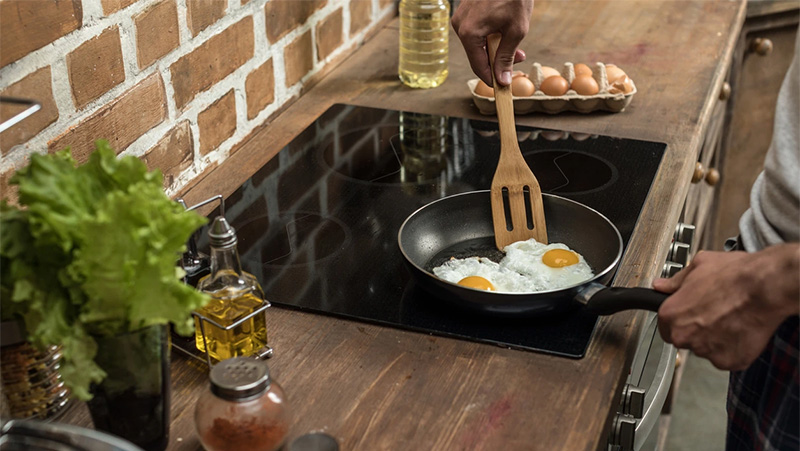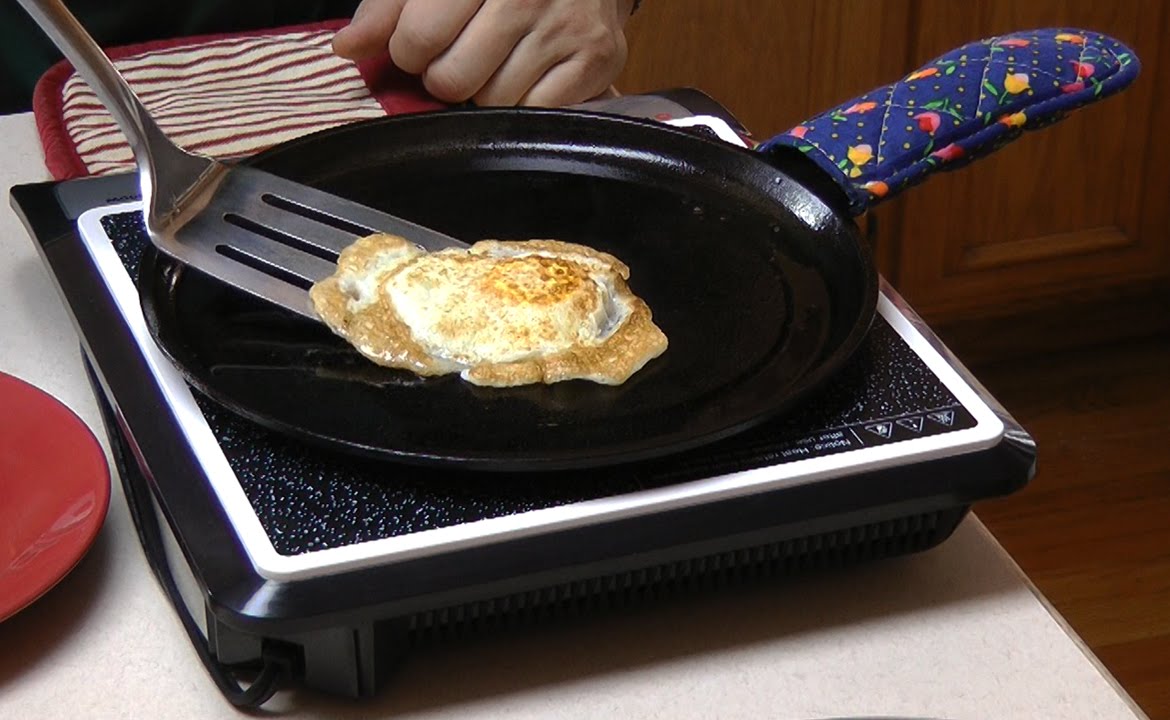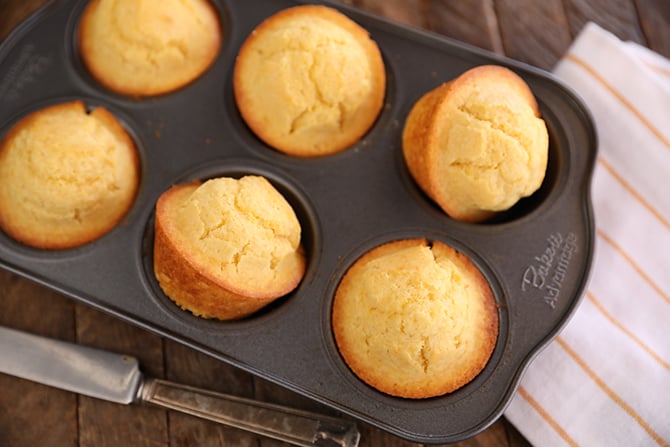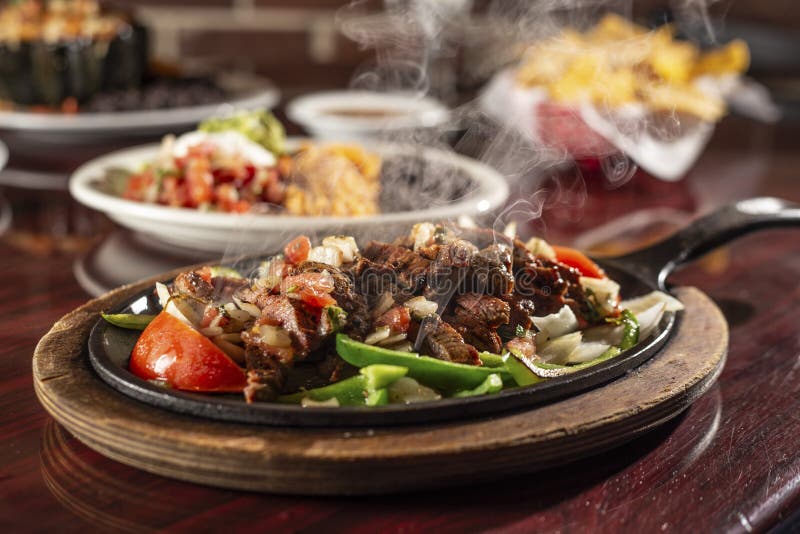In the bustling world of professional kitchens, preheating cast iron on induction cooktops has become an intriguing subject. As more chefs and culinary enthusiasts turn to induction cooking for its precision and efficiency, understanding how to properly preheat cast iron on these modern appliances is crucial. This article delves into the intricacies of preheating cast iron on induction cooktops, offering insights and techniques that every kitchen professional should know.

Why Choose Induction Cooking?
Induction cooking is gaining popularity for its speed, energy efficiency, and safety features. Unlike traditional gas or electric stoves, induction cooktops use electromagnetic fields to directly heat cookware. This method provides rapid heating and precise temperature control, making it ideal for professional kitchens where time and precision are of the essence. For more on the pros and cons of induction cooktops, visit Consumer Reports.
Understanding Cast Iron
Cast iron cookware is renowned for its durability and heat retention properties. When properly maintained, cast iron can achieve a natural non-stick surface, enhancing the flavor and texture of dishes. Its ability to maintain consistent heat makes it a favorite among chefs for searing, frying, and baking. However, the dense nature of cast iron means it requires careful preheating, especially on induction cooktops.
The Science of Preheating Cast Iron on Induction
When it comes to induction cooking, not all materials conduct heat equally. Cast iron is an excellent conductor, but its thickness means it heats up more slowly compared to lighter materials like stainless steel. The key to successful preheating is patience. Start by placing the cast iron pan on the induction cooktop and setting it to a low or medium heat. Allow the pan to gradually warm up for about 5-10 minutes. This slow preheat helps to evenly distribute the heat across the pan, preventing hotspots and ensuring a consistent cooking surface.
For more detailed information on how induction cooktops work with cast iron, you can refer to this comprehensive guide on induction cooking on Wikipedia.
Techniques for Preheating Cast Iron on Induction
Gradual Heat Increase
As mentioned, starting on a low or medium setting is crucial. Once the pan is evenly warm, you can increase the heat if necessary. This gradual increase helps prevent thermal shock, which can lead to warping or damaging the pan.
Testing for Heat
To ensure your cast iron is adequately preheated, perform a simple heat test. Sprinkle a few drops of water onto the pans surface. If the water sizzles and evaporates quickly, the pan is ready for cooking. If it simply sits and bubbles, it needs more time.
Benefits of Preheating Cast Iron on Induction
Properly preheated cast iron offers several benefits when used on induction cooktops. The most notable is an even cooking surface, which results in perfectly seared meats and evenly cooked dishes. Additionally, preheating helps to strengthen the seasoning on the pan, enhancing its non-stick properties over time.
To explore more about the benefits of using cast iron with induction, check out this article on Lodge Cast Iron.
Common Mistakes to Avoid
Starting with High Heat
One of the most common mistakes is setting the induction cooktop to high heat right from the start. This can cause uneven heating and potentially damage the pans seasoning. Always begin with a lower temperature and increase gradually.
Ignoring Hotspots
Even with inductions precise heat control, some cast iron pans may develop hotspots. Regularly rotating the pan during preheating can help distribute the heat more evenly and prevent burning.
Conclusion
For kitchen professionals, mastering the art of preheating cast iron on induction cooktops is a valuable skill. Understanding the science behind the process, utilizing proper techniques, and avoiding common mistakes can elevate your culinary creations. By embracing these insights, chefs can harness the full potential of both cast iron and induction technology, achieving exceptional results in the kitchen.

FAQs
Can all cast iron pans be used on induction cooktops?
Most cast iron pans are compatible with induction cooktops. However, it's important to ensure the pan's base is flat for optimal heat transfer.
Do I need to season my cast iron differently for induction cooking?
No, the seasoning process remains the same regardless of the heat source. Regular maintenance and proper preheating are key to maintaining a non-stick surface.
Is induction cooking faster than gas?
Yes, induction cooking is generally faster than gas because it directly heats the cookware, reducing the time needed to reach desired temperatures.






Leave a comment
This site is protected by hCaptcha and the hCaptcha Privacy Policy and Terms of Service apply.